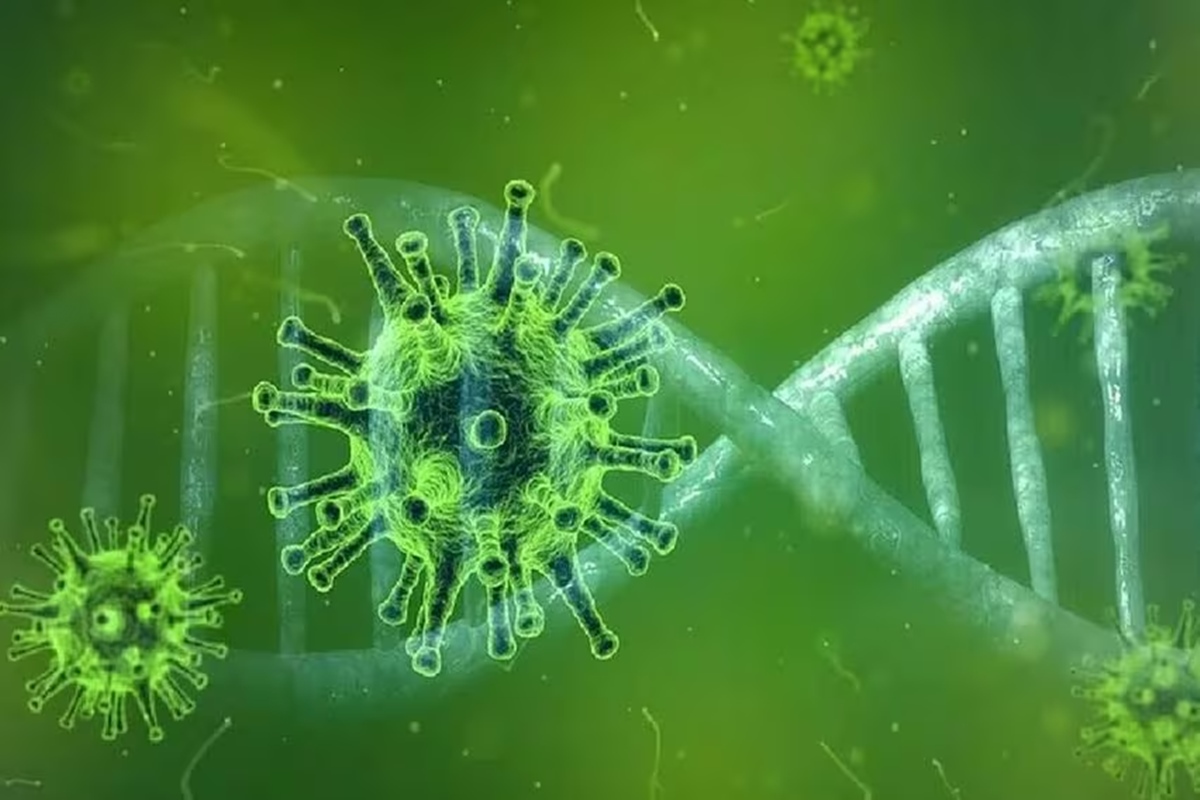In Kerala this year, Nipah virus has struck, affecting a few individuals and sadly claiming some lives. This virus is a serious threat, and understanding its contagiousness is crucial.
Nipah virus is a perilous infection that can transfer from animals to humans and between humans. The degree of contagiousness hinges on multiple factors, including how it spreads and the viral load in infected people.
Advertisement
1. Animal-to-Human Transmission:
The virus primarily leaps from animals to humans. Fruit bats, often called flying foxes, play a central role in this transmission. People can get infected by consuming contaminated fruits or raw date palm sap tainted with bat saliva, urine, or feces. This form of transmission can lead to isolated cases or small outbreaks.
2. Human-to-Human Transmission:
Once the virus infects a person, it can spread to others through close contact. This usually happens in healthcare facilities or among family members caring for the infected. This mode of transmission has the potential to cause larger outbreaks.
The level of contagiousness varies, influenced by factors like the amount of virus in bodily fluids (such as saliva, urine, and respiratory secretions) and the effectiveness of infection control measures. Nipah virus is deemed to have a relatively high risk of human-to-human transmission, particularly in situations of close and prolonged contact with infected individuals.
To curb the virus’s spread, efforts include isolating infected patients, enforcing rigorous infection control practices in healthcare settings, and public health actions to prevent contact with infected animals or their contaminated products. Due to its contagiousness and the potential for widespread outbreaks, Nipah virus is a significant concern for public health authorities. Swift response and containment measures are vital to halt its spread.











